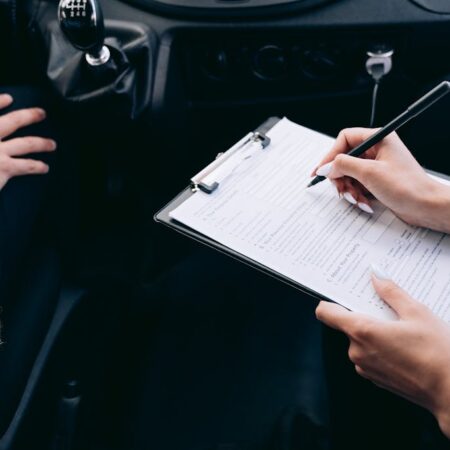Auto insurance is a crucial aspect of owning a vehicle, providing financial protection in case of accidents, theft, or damage. With various types of policies available, understanding the different options can help you choose the right coverage for your needs. This guide will walk you through the key components of auto insurance, the types of coverage available, and how to select the best policy for you.
Types of Auto Insurance Coverage
Auto insurance policies are typically divided into several types of coverage, each designed to protect you in different situations. The most common types of coverage include liability, collision, and comprehensive insurance.
Liability insurance is the most basic type of auto insurance required by law in most states. It covers the cost of damages and injuries you cause to others in an accident. This coverage is divided into two parts: bodily injury liability and property damage liability. Bodily injury liability covers medical expenses and lost wages for the other party if you’re at fault in an accident, while property damage liability pays for repairs to the other person’s vehicle or property.
Collision insurance covers the cost of repairs or replacement of your vehicle if it’s damaged in a collision, regardless of who is at fault. This type of coverage is particularly useful if you have a newer or more expensive vehicle.
Comprehensive insurance covers non-collision-related incidents, such as theft, vandalism, or natural disasters. It also includes coverage for animal collisions and fire damage. Comprehensive insurance is typically optional, but it can provide valuable protection for your vehicle.
Additional Coverage Options
In addition to the basic types of coverage, there are several optional add-ons that can enhance your policy. These include uninsured/underinsured motorist coverage, personal injury protection (PIP), and roadside assistance.
Uninsured/underinsured motorist coverage protects you if you’re involved in an accident with a driver who doesn’t have enough insurance to cover the damages. Personal injury protection (PIP) covers medical expenses for you and your passengers, regardless of who is at fault in the accident. Roadside assistance offers help in case of breakdowns, flat tires, or other emergencies.
Factors That Affect Auto Insurance Rates
Several factors can influence the cost of your auto insurance premiums. These include your driving history, the make and model of your vehicle, and where you live. Drivers with a clean driving record typically pay lower premiums, while those with a history of accidents or traffic violations may face higher rates.
The type of vehicle you drive also plays a significant role in determining your premiums. Expensive cars, sports cars, and vehicles with high repair costs generally result in higher insurance rates. Additionally, the area in which you live can impact your premiums. Urban areas with higher traffic volumes and crime rates tend to have higher insurance costs.
How to Choose the Right Auto Insurance Policy
When selecting an auto insurance policy, it’s important to consider your specific needs and budget. If you have a newer or more expensive vehicle, comprehensive and collision coverage may be worth the investment. If you drive an older car, you might choose to forgo collision coverage to save on premiums.
It’s also essential to compare quotes from different insurance providers to find the best rates. Each insurer may offer different discounts, such as those for safe driving, bundling policies, or having certain safety features in your vehicle. By shopping around and considering your coverage needs, you can ensure that you get the best value for your money.
In some cases, it may be worth working with an insurance agent or broker who can help you navigate the complexities of auto insurance and find the right policy for your needs.
Auto insurance is a vital aspect of vehicle ownership, offering protection against financial loss in the event of an accident or other covered incident. By understanding the types of coverage available, the factors that influence premiums, and how to choose the best policy for your needs, you can ensure that you’re adequately protected while minimizing costs. Always review your options carefully and consider factors such as your driving habits, vehicle type, and budget when selecting an auto insurance policy.






